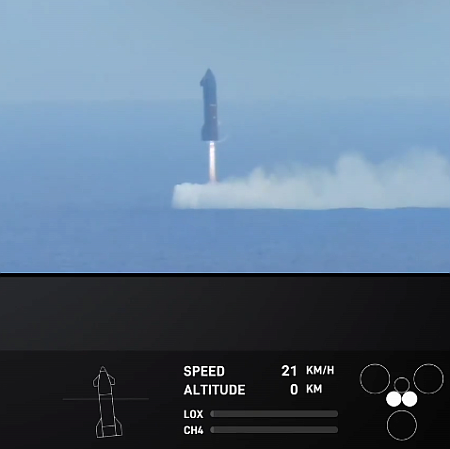The next two Vulcan launches for the Pentagon slip to 2025
Both the Space Force and ULA have now admitted that the next two Vulcan launches, which both had hoped to launch before the end of this year, have now been delayed until 2025, and that Vulcan remains uncertified as yet by the military for its launches.
The United Launch Alliance’s Vulcan will not be able to conduct two planned national security missions on its launch manifest for this year after delays with certifying the heavy-lift rocket. The comments came hours after a Space Force official cast doubt that the missions could be completed before the end of 2024.
ULA launched its second certification flight in October, roughly a month behind schedule, following a first flight in January that was nearly four years behind schedule. The Space Force is still assessing data from the October launch in partnership with ULA.
The military had said if ULA completed two Vulcan successful launches it would approve Vulcan for these launches. Though the second launch got its payload to its correct orbit, during launch the nozzle on one of its strap-on solid-fueled boosters fell off. Though officials keep saying they expect certification anyway, that certification has not happened. It appears right now that the military won’t do so until the investigation into the problem is completed and a fix is installed.
At the moment the only rocket company that can launch large payloads for the Pentagon is SpaceX. Though that company has not gouged the military in bidding (though it it could) this is not a good situation. The military wants options and redundancy, not simply to save money, but to give it flexibility. It needs ULA and Blue Origin to finally deliver their rockets.
Both the Space Force and ULA have now admitted that the next two Vulcan launches, which both had hoped to launch before the end of this year, have now been delayed until 2025, and that Vulcan remains uncertified as yet by the military for its launches.
The United Launch Alliance’s Vulcan will not be able to conduct two planned national security missions on its launch manifest for this year after delays with certifying the heavy-lift rocket. The comments came hours after a Space Force official cast doubt that the missions could be completed before the end of 2024.
ULA launched its second certification flight in October, roughly a month behind schedule, following a first flight in January that was nearly four years behind schedule. The Space Force is still assessing data from the October launch in partnership with ULA.
The military had said if ULA completed two Vulcan successful launches it would approve Vulcan for these launches. Though the second launch got its payload to its correct orbit, during launch the nozzle on one of its strap-on solid-fueled boosters fell off. Though officials keep saying they expect certification anyway, that certification has not happened. It appears right now that the military won’t do so until the investigation into the problem is completed and a fix is installed.
At the moment the only rocket company that can launch large payloads for the Pentagon is SpaceX. Though that company has not gouged the military in bidding (though it it could) this is not a good situation. The military wants options and redundancy, not simply to save money, but to give it flexibility. It needs ULA and Blue Origin to finally deliver their rockets.






